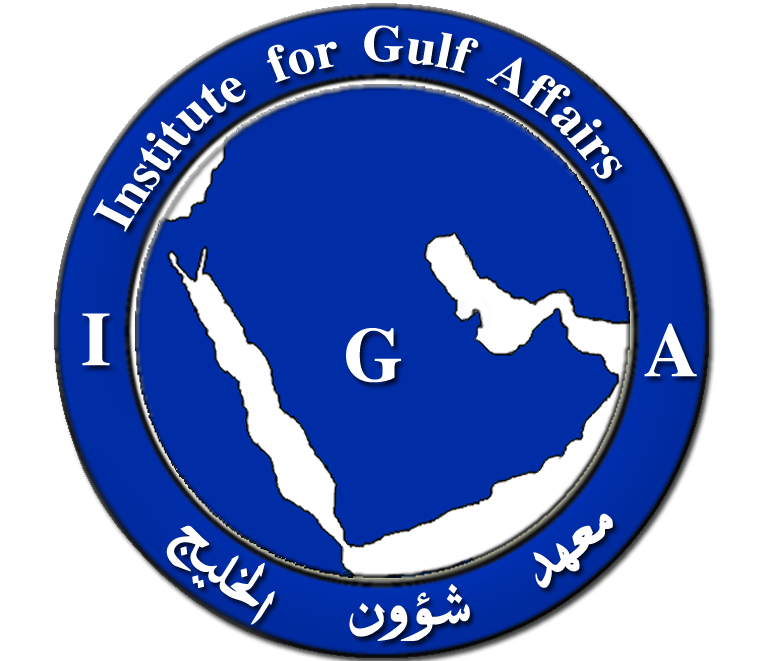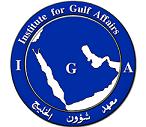“Saudi Arabia: Grasping at Straws to Save the Camel’s Back”
Novmber 4, 2015
By Adam Whitcomb
Washington DC -The International Monetary Fund (IMF) published a report in October 2015 about economic issues within Saudi Arabia; the big takeaway which many news conglomerates wrote about was that the Kingdom will run out of money reserves in the next five years. This was probably the most eye-catching macroeconomic announcements this year, outside of the bankruptcy of the Greek government. To the Western world, the potential end to the reign of a theocratic, oil-baron state is a tantalizing concept. With unknown repercussions, economists and policy makers watch how the Saudi ruling family will react.
However any historian or economic analysts over 40 can tell you this isn’t Saudi’s first rodeo with low oil prices.
Saudi Arabia has gone through similar crisis when oil revenue dropped by 50% as it has now: from 1982-1986 when Kuwait was excessively pumping gas to fuel the Iraqi war effort against Iran, in 1998 during the Asian financial crisis causing a decrease in oil demand, and the 2008 global recession when both Saudi oil prices and production dropped sharply. Even during these times the monetary reserves of the Kingdom were only a fraction of the GDP, and with considerably higher debts.
Now in 2015, the national debt of Saudi Arabia has dropped to single digits, they have close to 90% ($662bn) worth of their GDP in cash reserves, and their economy has become more diversified outside of the oil-sector. Why then are economists predicting the end of the contemporary-day Kingdom?
First of all, it makes good headlines. Saudi Arabia has come under the scrutiny of many humanitarian organizations such as Amnesty international, UN Human Rights Watch, and others about their disregard for human rights in regards to the imprisonment of human rights defenders, political activists, and the bombing of Yemeni civilians. This leads into the main difference between now and past economic crisis, Saudi Arabia is fighting a multi-front war with ultimately the same enemy: Iran.
With the growth of Iran and the increased influence of Hezbollah, Saudi Arabia has been building up a military to counter any sort of Iranian action in their sphere of influence. This can be best exemplified by their invasion of Bahrain in 2011. During the political protests the Bahraini government reached out to Saudi Arabia for help, claiming that they had a Shia uprising on their hands. Thousands of Saudi troops and undercover officers quelled the protests through violence and indiscriminate arrests. These uprisings were perceived as Iranian influenced due to the majority of Bahrain’s population being Shi’a, and more prone to sectarian divisiveness. Regardless of the protester’s motivations, Saudi action was ruthless when the possibility of Iranian influence was brought up.
In March of 2015, the Yemeni capital of Sanaa was overtaken by Houthi militias, forcing president Hadi and his government to flee into Saudi Arabia. The Houthi movement was started in the 1980’s to protect Zaydi religious traditions, and is not directly linked to the Twelver Shiism, the predominant sect of Islam in Iran. However Saudi Arabia treated the whole organization as the destabilizing arm of Iran when they initiated a bombing campaign with the UAE. The first few months of the intervention were effective in destroying Houthi military camps and operations, but the past eight months have only resulted in huge amounts of civilian casualties, injuries, and the destruction of Yemeni infrastructure from roadways to hospitals.
To the North, Saudi Arabia has funded anti-Assad forces without regard for ulterior motives like Islamist extremism and connections to ISIS and al Qaeda. The ruling family will not support a resolution to the civil war in Syria with Assad participating in post-war governance, and they’ve made this very clear since the beginning of the conflict. This leaves Saudi Arabia with two seemingly intractable conflicts which they’ve committed to rebuilding after conflict has ceased, but have shown no signs of de escalating.
Peace talks this past Friday in Vienna with representatives from Saudi Arabia and Iran were fraught with conflict, devolving into a diplomatic finger-pointing match regarding destabilization and a lack of respect from the other. This, and the US decision to send 50 special ops troops to fight ISIS, is indicative of the political impasse between the two regional powers.
Saudi Arabia is playing a game of chicken; standing steadfastly on the tracks of Iranian rivalry and their own fiscal policy, while the incoming train of low oil prices, and a two-front war barrel towards them. It is highly unlikely that King Salman will change his aggressive policy towards Iran and political dissidence, and a lack of money or a potential Shia uprising will not deter Saudi Arabia from continuing this agenda. Small steps to curb this impact have been taken, such as increasing the price of water for non-residents and halting current construction projects, but it will not be enough to maintain the status quo they’ve created for themselves.
This places Saudi Arabia at a policy crossroads with the added variable of a depleting monetary reserve.
Adam Whitcomb is a policy analyst at the Institute for Gulf Affairs
@akwhit74



Comments are closed.